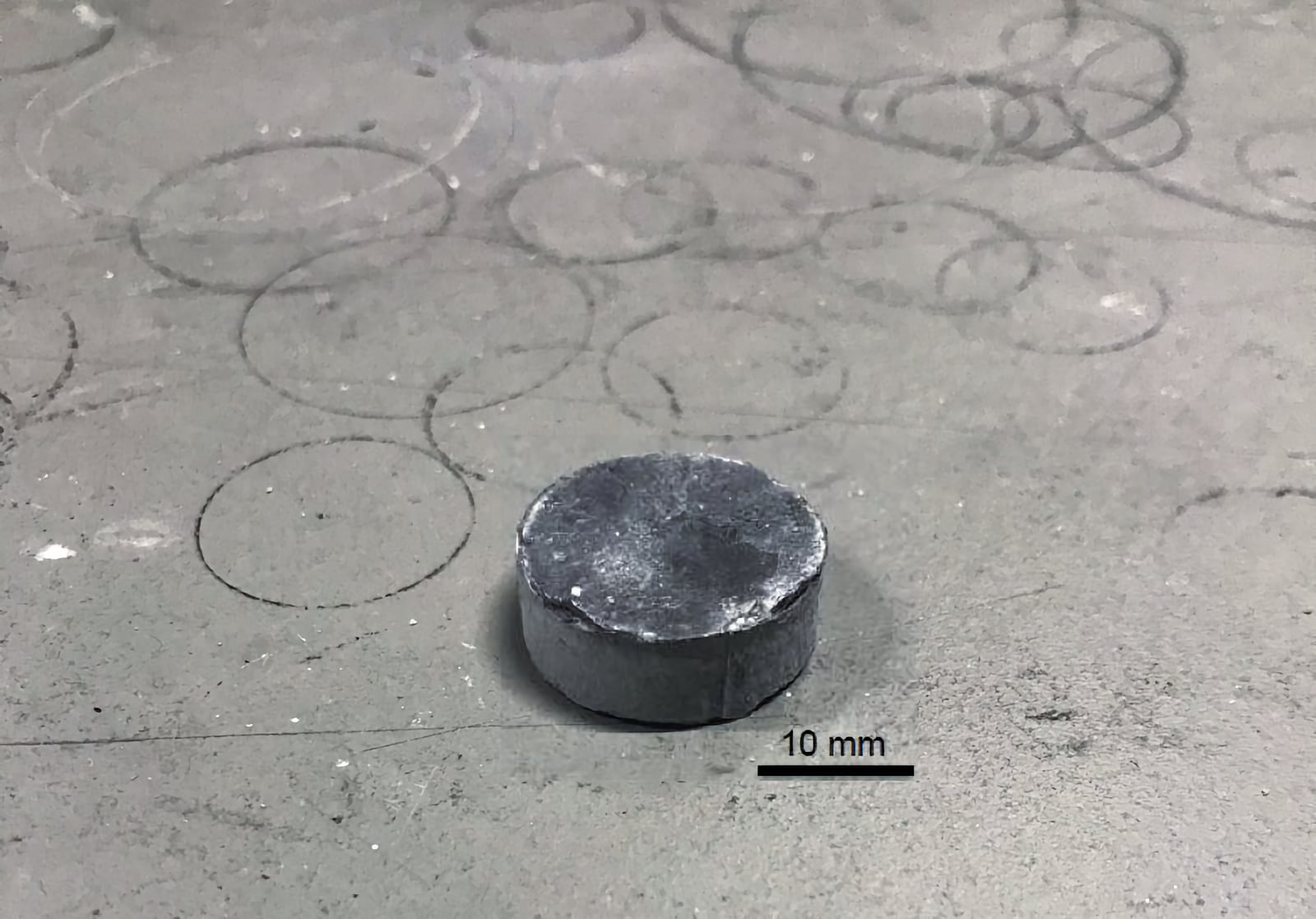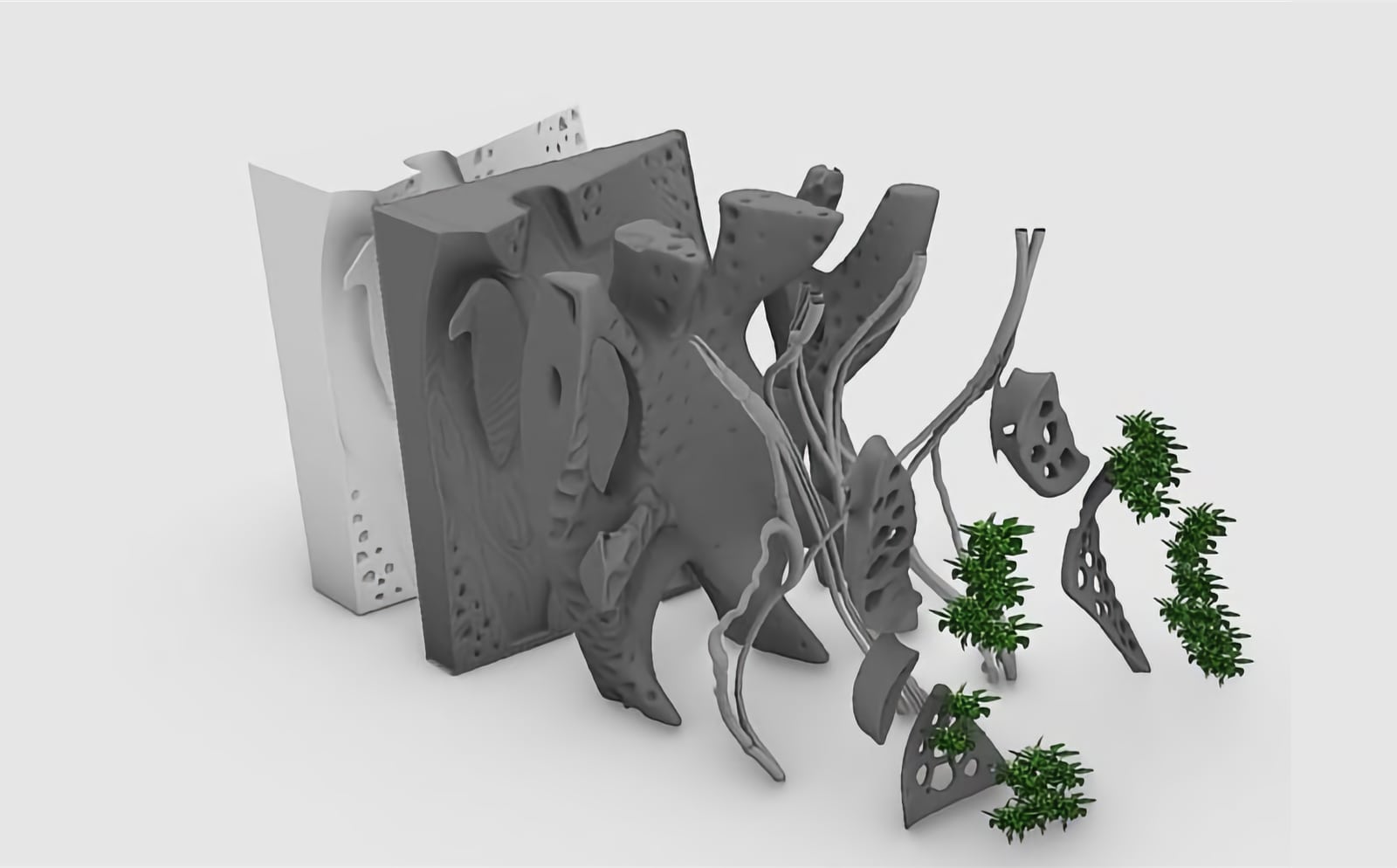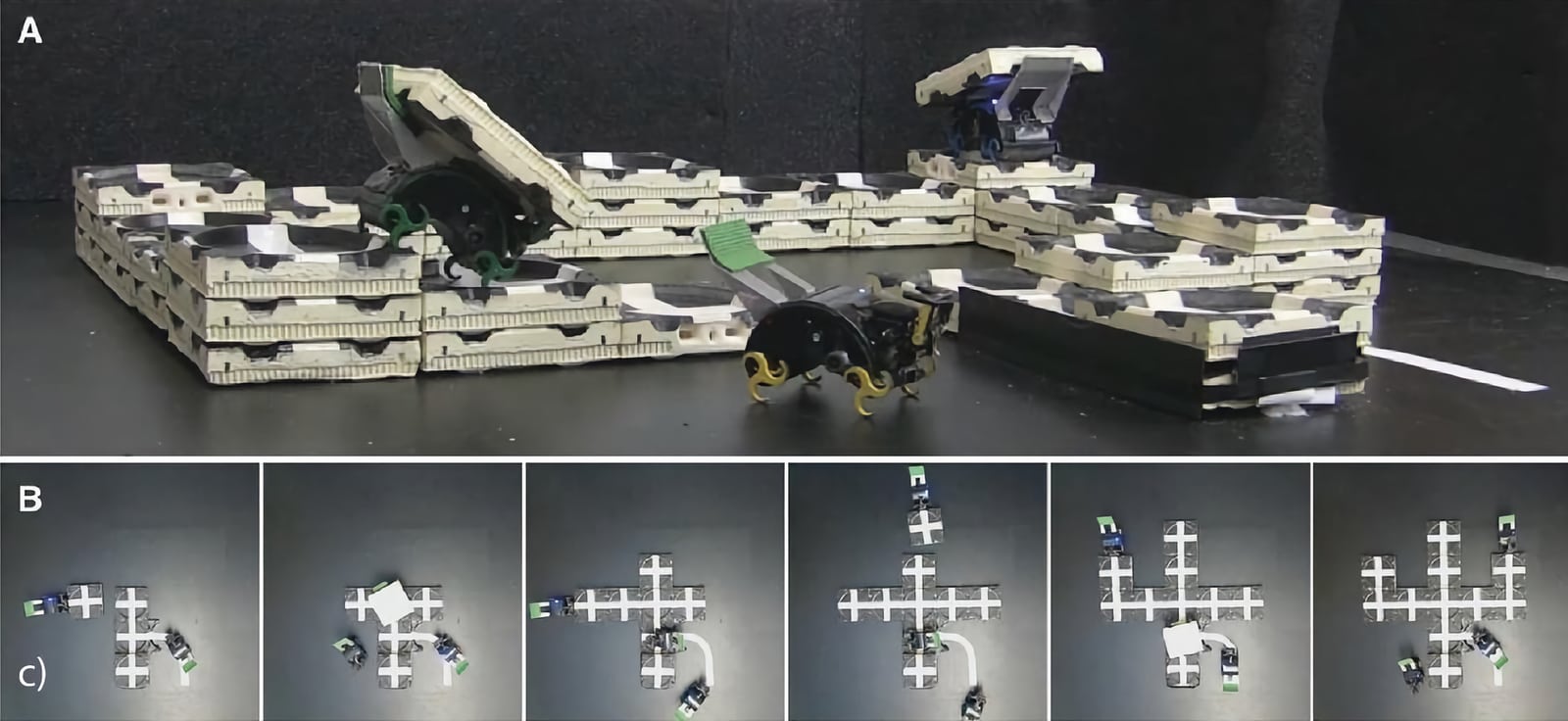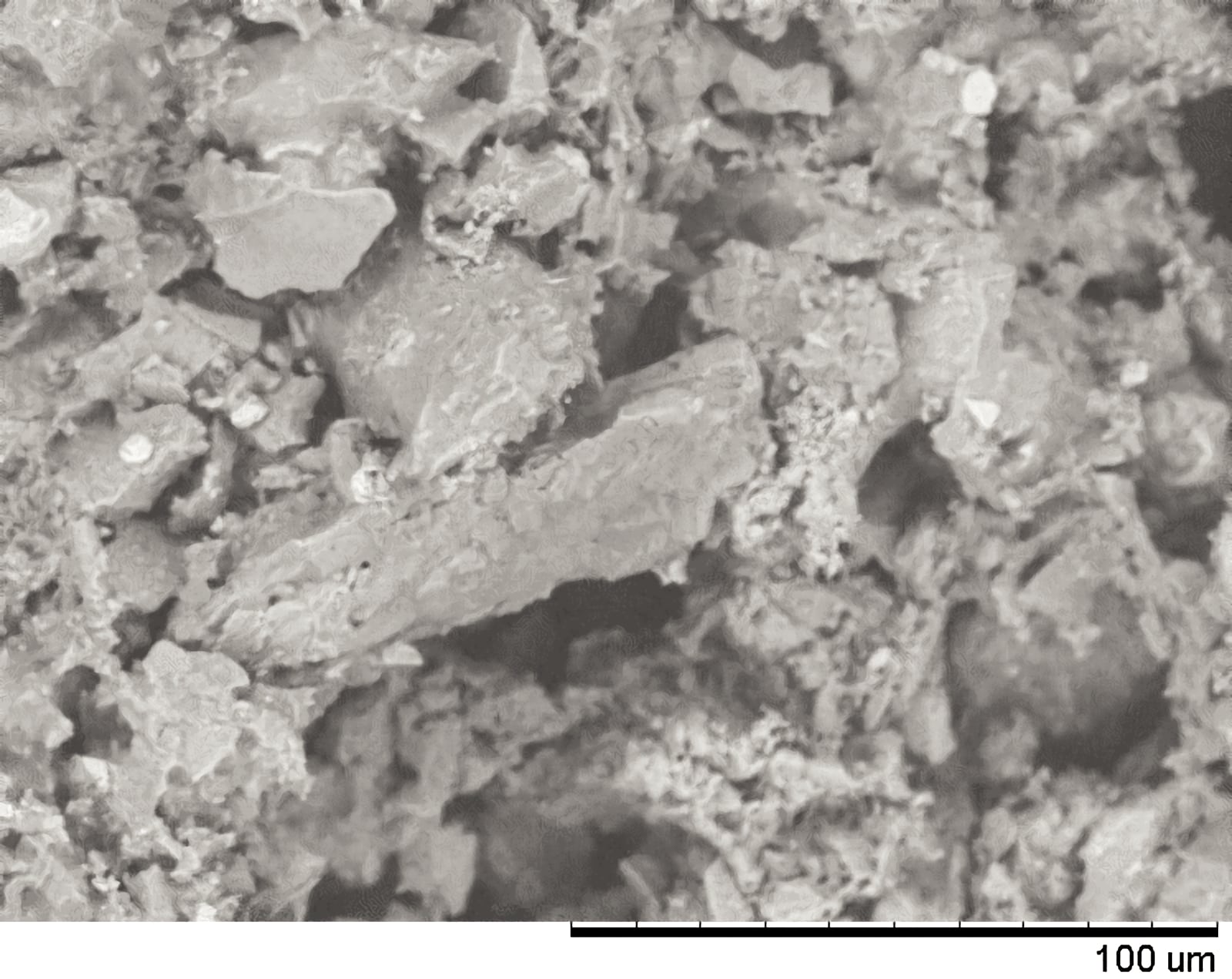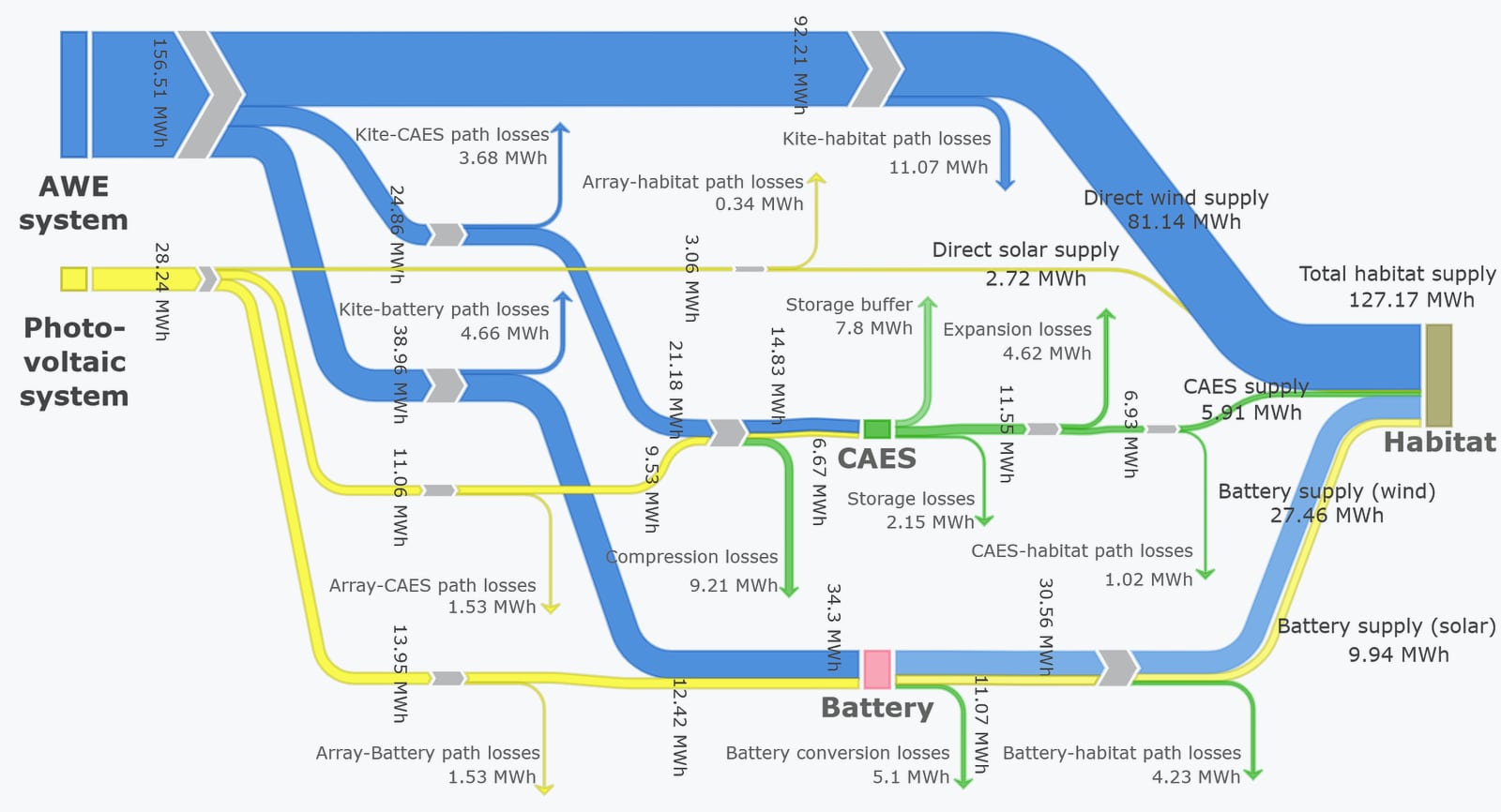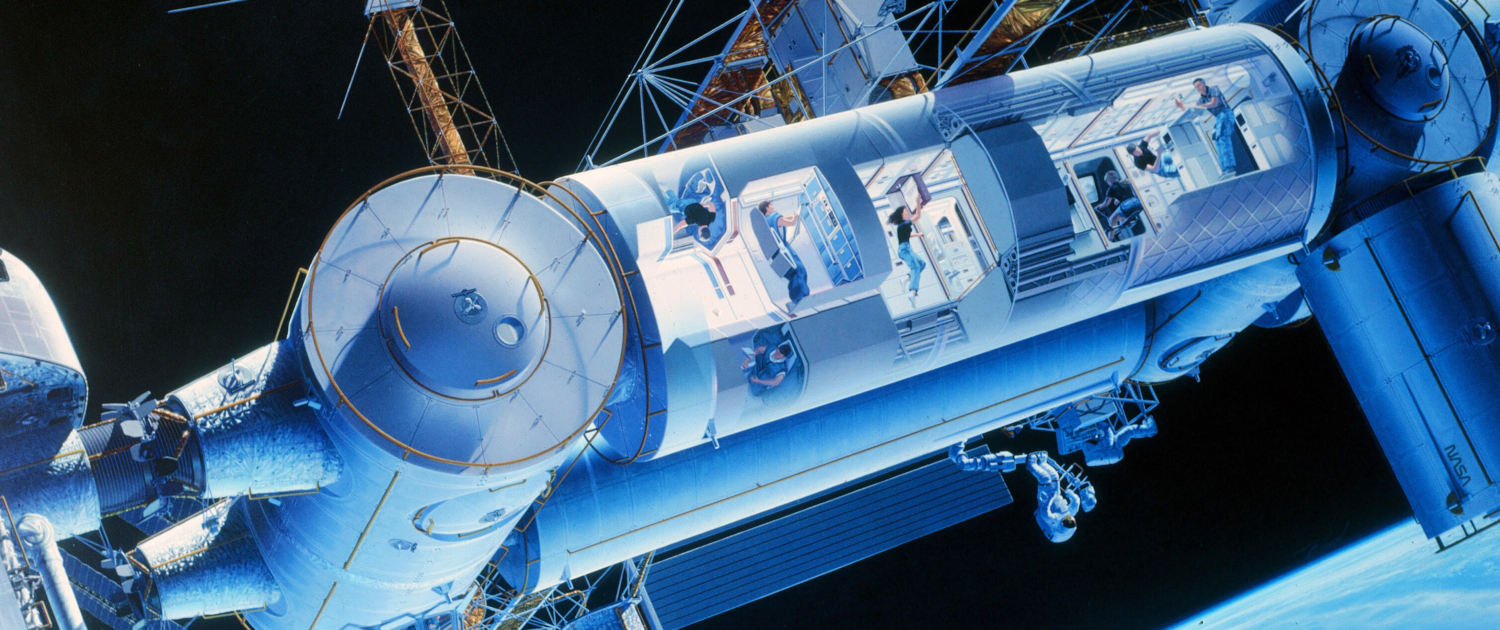
Advancements in Designing, Producing, and Operating Off-Earth Infrastructure
8 articles / 110 pages
ISBN 78-94-6366-459-2
Issue Editors
Dr.-Ing. Henriette Bier, TU Delft
Dr. Angelo Cervone, TU Delft
Dr. Advenit Makaya, ESA
Editorial
-
Sending humans to the Moon and Mars in the near future requires appropriate infrastructure to support and subsequently sustain human activities. This includes infrastructure to shield from environmental conditions, generate energy, and facilitate mobility and communication. Construction of such infrastructure aims to use in-situ resources and reduce the use of supplies from Earth. The establishment and maintenance of the required infrastructure, equipment, and hardware involves the development of adequate manufacturing techniques, which can enable maximal use of the local resources....
Articles
-
This study investigates the feasibility of in-situ manufacturing of a functionally graded metallic-regolith. To fabricate the gradient, digital light processing, an additive manufacturing technique, and spark plasma sintering were selected due to their compatibility with metallic-ceramic processing in a space environment. The chosen methods were first assessed for their ability to effectively consolidate regolith alone, before progressing to sintering regolith directly onto metallic substrates. Optimized processing conditions based on the sintering temperature, initial powder particle...
-
In order for off-Earth top surface structures built from regolith to protect astronauts from radiation, they need to be several meters thick. Technical University Delft (TUD) proposes to excavate into the ground to create subsurface habitats. By excavating, not only can natural protection from radiation be achieved but also thermal insulation, as the temperature is more stable underground. At the same time, valuable resources can be excavated via in-situ resource utilization (ISRU). In this process, a swarm of autonomous mobile robots excavate the ground in a downwards sloping spiral...
-
Off-Earth structural design has been a subject of fascination and research for decades. Given that the vision of permanent lunar and Martian human presence is materialising, it is an opportune moment to reflect on the future applicability and challenges of off-Earth design. This article investigates contemporary thinking about off-Earth structural design – specifically focused on large-scale infrastructure such as habitats – and assesses it in terms of its sustainability. We suggest that the extra-terrestrial setting, which is characterised by resource, construction, and labour...
-
This work explores the use of a lunar regolith simulant as feedstock for the direct ink writing additive manufacturing process as an option to enable future lunar in-situ resource utilisation. The feasibility of this approach is demonstrated in a laboratory setting by manufacturing objects with different geometries, using methyl cellulose or sodium alginate as binding agents, water and lunar regolith simulant to create a viscous, printable ‘ink’. A custom three-axis gantry system is used to produce green bodies for subsequent sintering. The sintered objects are characterised using...
-
Generating renewable energy on Mars is technologically challenging. Firstly, because, compared to Earth, key energy resources such as solar and wind are weak as a result of very low atmospheric pressure and low solar irradiation. Secondly, because of the harsh environmental conditions, the required high degree of automation, and the exceptional effort and cost involved in transporting material to the planet. Like on Earth, it is crucial to combine complementary resources for an effective renewable energy solution. In this work, we present the results of a design synthesis exercise, a 10...
-
Extra-terrestrial living and working environments are characterized by significant challenges in logistics, environmental demands, engineering, social and psychological issues, to name a few. Everything is limited: physical volume, air, water, power, and medicine … everything, even people, and therefore all is treated as valuable resource. This situation is complicated by the end product being the result of balancing many competing interests. The relationship between humans, space, and technology is forced, as well as a dynamic process. Although mathematical models for complex systems...
Interview
-
Dialogues on Architecture is a series of dialogues between researchers and practitioners, who are embracing the intellectual model of high technology and are involved in its advancement and application in architecture. Dialogue #4 focuses on the technology transfer between on- and off-Earth research and its impact on society, and in particular on industry and education. The dialogue takes place between Henriette Bier (HB), Paul Chan (PC), Advenit Makaya (AM), and Angelo Cervone (AC).
